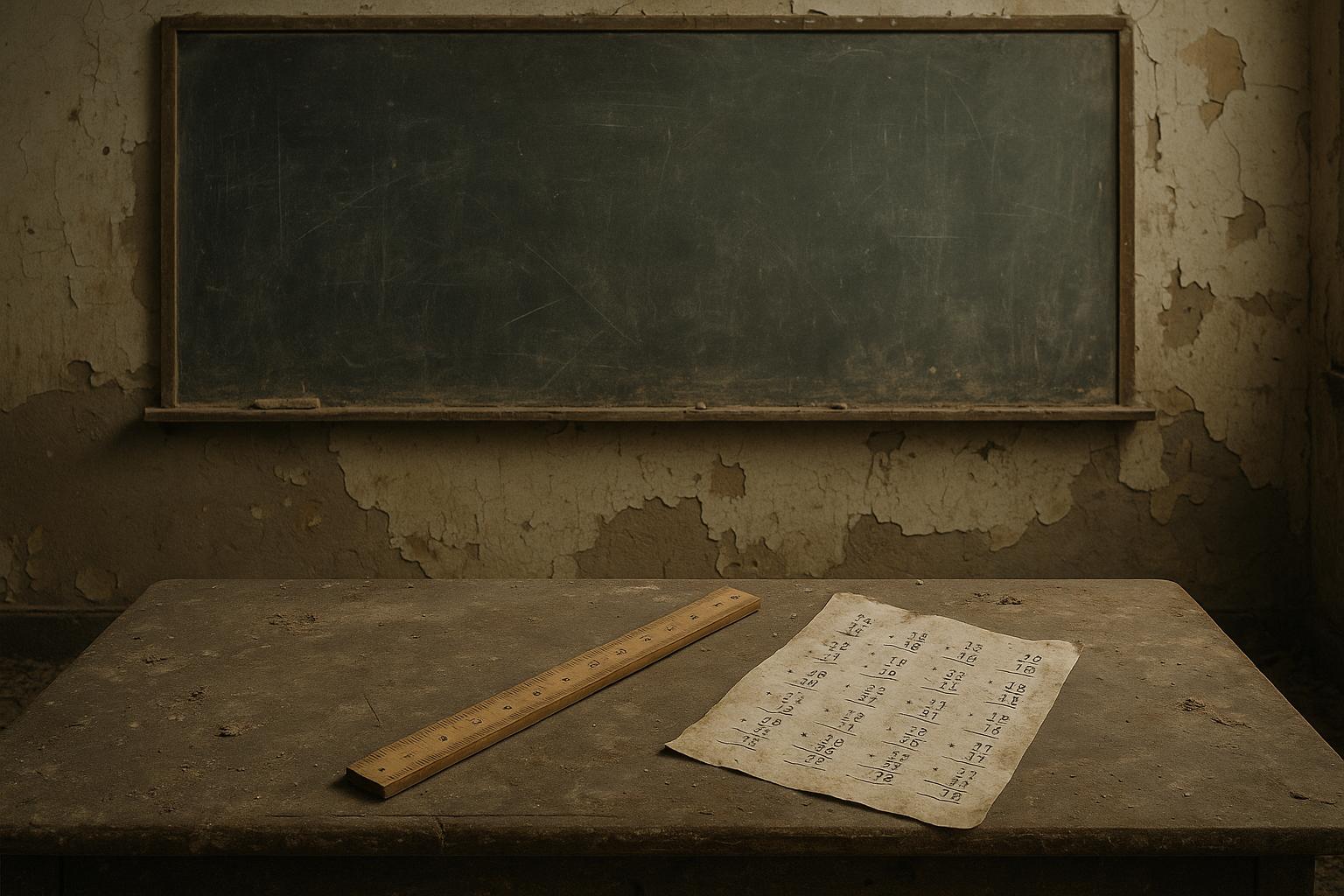Children endured grievous harm during the COVID-19 pandemic as the measures imposed to contain the virus disrupted their safety, education, and overall well-being, the Covid-19 Inquiry heard. The inquiry’s latest module, focusing specifically on the impact on children and young people, revealed that school closures and lockdowns severely affected childhood experiences, with many children losing vital protection from abuse and suffering from educational setbacks and social isolation.
Baroness Heather Hallett, chairing the inquiry, described the impact on children as "severe and, for many, long-lasting." Counsel to the inquiry, Clair Dobbin KC, underlined the role of schools as guardians of children's welfare, highlighting a disturbing decline in social service referrals during the closures. She stressed that some children suffered grievous harm at the hands of their carers during the pandemic, asserting that these carers bear responsibility for the violence and neglect inflicted behind closed doors. This underscores the protective function schools perform, acting as an early warning system to identify abuse and neglect.
Evidence presented revealed that planning for school closures in England lagged behind the unfolding crisis, with the Department for Education only beginning preparations after March 16, 2020. Sir Gavin Williamson, then Education Secretary, described a sudden shift from maintaining open schools to shutting them within days—a "discombobulating 24-hour sea change," with some discrepancies between his and then-Prime Minister Boris Johnson's accounts of the planning process. This lack of preparedness raised significant concerns about the handling of children’s safeguarding needs during the pandemic.
The inquiry also highlighted the dangers arising from increased internet use during lockdowns. With children spending more time online due to remote learning and social restrictions, risks of exposure to harmful content, such as violent pornography or online sexual exploitation, rose sharply. Dobbin cited evidence from the National Crime Agency emphasizing that school closures and furlough schemes resulted in more children and offenders being online simultaneously, amplifying threats. A young person quoted in the inquiry described a remote learning session where classmates attended from bed, disengaged and distracted, illustrating the challenges of remote education in maintaining attention and safeguarding.
Broader studies and reports from international organisations reinforce these concerns. Research published in social science journals highlights how increased screen time during lockdowns exposed children to cyberbullying, online exploitation, and disturbing content, adversely impacting mental health and daily routines like sleep and eating patterns. Vulnerable children, particularly those with pre-existing mental health issues, were disproportionately affected.
The Council of Europe and UNICEF have both emphasised the heightened vulnerability of children in digital spaces during the pandemic, noting increased risks such as grooming, sextortion, and cyberbullying. These bodies advocate for sustained parental engagement and stronger protective measures from governments, technology firms, and educators to mitigate these threats.
Human Rights Watch has concurrently documented the devastating impact of the pandemic on children's rights, stressing that economic hardship, isolation, and school closures contributed to a surge in child sexual exploitation both online and offline. Their reports draw attention to the risk of domestic violence rising during lockdowns as family stress intensified, leaving many children exposed to harm in their own homes.
Educational professionals, parents, and psychologists featured in an impact film shown during the inquiry spoke about significant learning losses and the toll on children's mental health. Save the Children and other organisations represented in the inquiry criticised the routine overlooking or deprioritising of children's interests during the crisis, calling for policies that better protect and prioritise young people in future emergencies.
In sum, the inquiry and related international research paint a stark picture of how the pandemic’s social distancing and lockdown measures, while necessary for public health, inflicted deep and multifaceted harm on children. From disrupted education and social isolation to increased domestic abuse and rising online dangers, the pandemic exposed children’s vulnerabilities and the critical protective roles played by schools and community services — roles whose absence had devastating consequences.
📌 Reference Map:
- Paragraph 1 – [1], [6]
- Paragraph 2 – [1]
- Paragraph 3 – [1]
- Paragraph 4 – [1]
- Paragraph 5 – [1], [2], [5]
- Paragraph 6 – [3], [7]
- Paragraph 7 – [4], [6]
- Paragraph 8 – [1]
- Paragraph 9 – [1], [2], [3], [4], [5], [6], [7]
Source: Noah Wire Services
